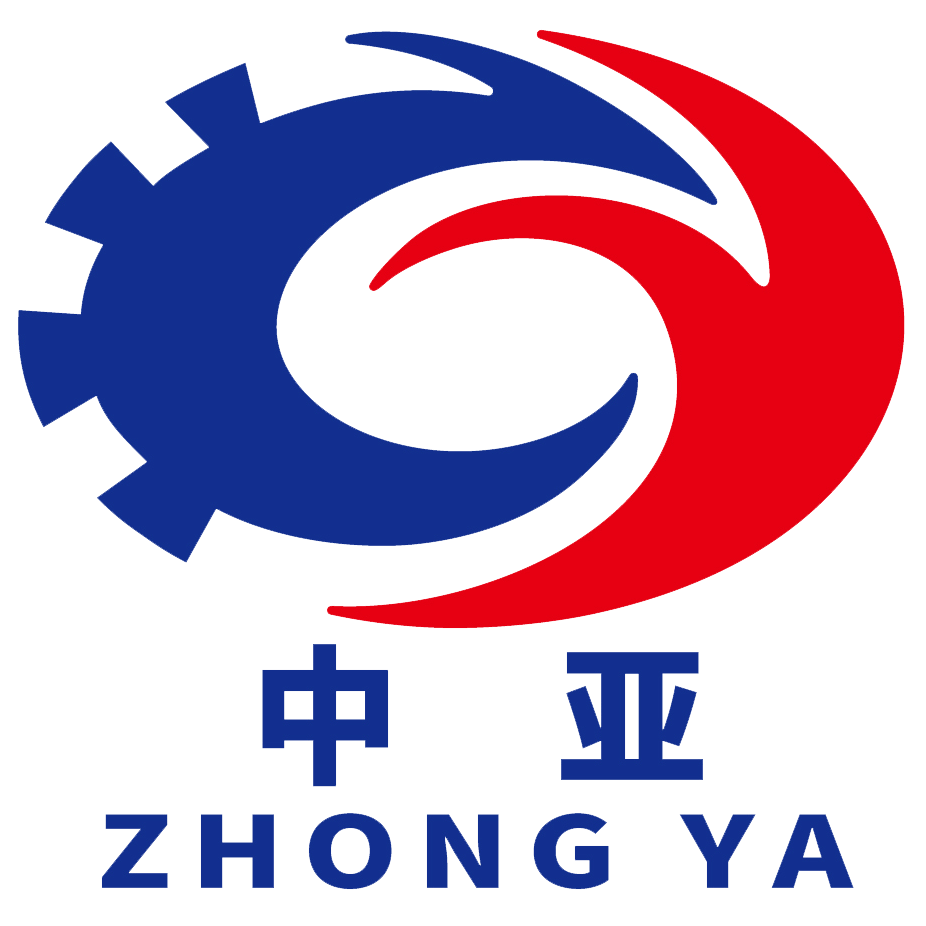What are the adjustment methods of automatic labeling machine-automatic labeling machine manufacturer-online printing labeling machine-shenzhen bogao logo
by:Zhongya Packaging
2022-05-11
The automatic flat labeling machine can be applied to the upper flat labeling of many types of products, such as the labeling of paper boxes, document bags, folders, cardboard, books, etc. Adding and using different labeling mechanisms can also be used to label the upper surface of some products that tend to be flat. Next, our Bogao logo labeling machine manufacturer will talk to you about the main adjustment methods of the automatic labeling machine, and hope to help you! Adjustment methods: 1. The installation of the label must be in place, when the label is wound Try to wrap it as neatly as possible, as it is easier to break the label if it is crooked. After the label is installed, use the stop ring to fix the position. 2. Adjust the conveying guide bar according to the width of the product to be labeled, and leave enough space between the two guide bars and the product of 1mm each. The general paper card products use unilateral guides, so you only need to adjust the two ends of the conveying guides to be more flush. 3. Adjust the position of the header in the Z-axis direction according to the height (thickness) of the product, so that when the label roll is pulled, the peeled label can be attached to the surface of the product in time. Generally, the header of jammed paper is adjusted to the height where the peeling label basically touches the surface of the product. For thick products, such as boxes and books, adjust the header to a height of 1-2mm from the surface of the product. After the adjustment is complete, lock the Z-axis direction. 4. Adjust the electric eye for standard measurement. Tear off a label that is about to enter the calibration sensor area, press and hold the button on the calibration sensor to enter the setting state, and manually pull the label roll on the touch screen manual interface, so that the backing paper from which the label is torn off is fully sensed by the calibration sensor After the area, press the button on the measurement sensor again to confirm the completion of the setting. If the standard measuring electric eye adopts optical fiber electric eye detection, set the preset value of the output signal on the amplifier according to the difference of the signal number taken from the label on the label roll and the backing paper. 5. Control the length of label pre-peeling, usually the length of label pre-peeling 1mm is enough. It can be adjusted by moving the position of the electric eye. 6. Adjust the sensor of the object to be measured so that the product has a signal output when it passes through the front end of the sensor. (The sensor is adjusted according to the type used and the instructions on the brand) 7. Adjust the conveying speed, and adjust the traction speed of the header according to the existing conveying speed to match it. For better results, each labeling sound will be very crisp, without any dragging sound, and the label will not wrinkle. 8. Adjust the overriding agency. Generally, the labeling mechanism uses rollers, sponges, and brushes. Marking roller: Adjust slightly lower than the peeling mark plate and close to the peeling mark plate. Marking sponge, marking brush: Adjust the length of pressing on the peeling edge of the label, and extending the length of about 10mm from the edge. 9. The control label is affixed to the designated X-axis direction area. Labeling is performed under the condition that the labeling delay in the touch screen parameters is 0, and the X-axis direction is adjusted forwards and backwards according to the labeling early or too slow. If the label is peeled off in advance, it means that the sensor detects the product too early and moves the header to the negative direction of the X axis; otherwise, it moves the header to the positive direction of the X axis. After the adjustment is complete, lock the X-axis direction. If the adjustment seat has reached its limit and cannot meet the labeling requirements, the sensor position can be adjusted. If the label is peeled off in advance, the sensor can be moved in the positive direction of the X axis; if the label is peeled off too late, the sensor will be moved in the negative direction of the X axis. When moving the sensor to the limit cannot solve the premature peeling of the label, the labeling delay parameter can be set appropriately. 10. According to the designated labeling position of the product, adjust the position of the header in the Y-axis direction so that the label is attached to the designated Y-axis direction. After adjustment, lock the Y-axis direction tightly. 11. Adjust the stripping plate to be basically parallel to the surface of the product, which can be adjusted by adjusting the direction of the R axis on the adjusting seat. After adjustment, lock the R axis direction.
Custom message

 + 86-0756 386 7226
+ 86-0756 386 7226  a
a





